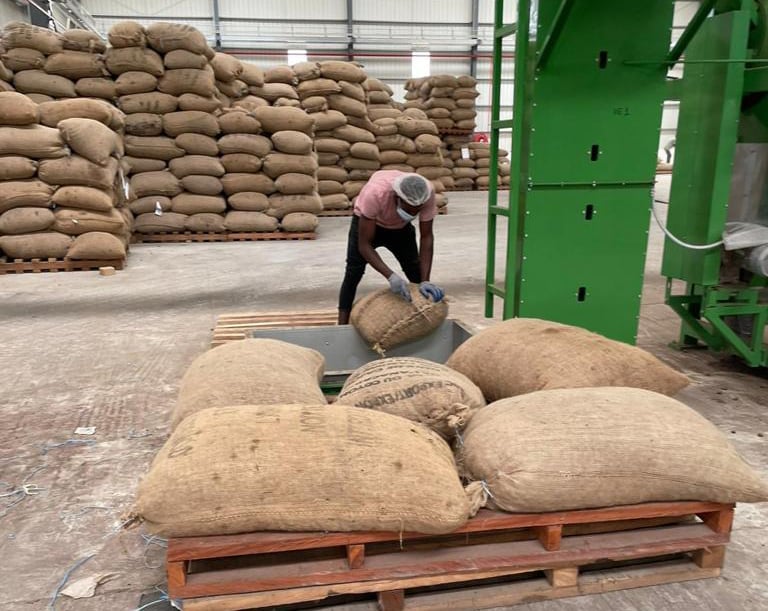A subtle recalibration is afoot in the palm oil complex, as a fresh interplay of commodity pressures and macro drivers hints at a shifting equilibrium. It’s not headline-grabbing commodity jolts, the market is instead drifting, quietly rebalancing amid regional oil rivalries, biodiesel signals and demand nuances from Asia’s largest consumers.
Traders in Kuala Lumpur have witnessed palm oil futures hovering within a narrow corridor, buoyed gently by firmer Chinese vegetable oil contracts in Dalian. These rival benchmark moves have lent a calm backbone to palm prices, as Asian buying support reinforces a resilient sentiment during local trading hours. Yet, this tranquillity hasn’t translated into a breakout, crude oil gave ground across international benchmarks, and Chicago soyoil steadied or softened, dampening any aggressive upside, capping gains for Malaysian futures in both spot and nearby-forward months.
A more assertive shift emerged midweek, as palm pulled ahead on improved consumption expectations and signs that production may have softened in June. Demand stabilisation was enough to arrest prior losses, and rumours of lower output provided a supportive narrative. Notably, soyoil rallied as U.S. discussions around heightened biofuel blending gained traction, echoing ripples through the entire vegetable oil spectrum. These linked dynamics nudged palm above the MYR 4,000 level, affirming investor interest in its role as a biodiesel feedstock alternative when crude oil fundamentals firm up.
Still, the fine print matters. Asian refiners, particularly in India, are walking a tactical tightrope. Earlier this summer, Indian buyers hedged out of roughly 65,000 tonnes of July–September Malaysian CPO contracts after futures rallied above $1,050/tonne, profit taking overtook immediate restocking. That pullback underscores both the volatility of import-dependent demand and the financial calculus shaping refiners’ sourcing decisions.
Yet beneath the surface, a broader structural shift is underway. With India’s maintained discount of palm versus soyoil and regulatory incentives still intact, purchasing momentum is expected to reassert itself, particularly with dwindling domestic stockpiles. Meanwhile, Indonesia’s May export rebound and elevated reference prices offer dual signals: production discipline amid robust external demand.
For strategic investors, the evolving palm oil narrative now centres on this choreography: Dalian and CBOT rival oil trends, international crude flows, regional policy dynamics and stock resets in major consuming nations. The market is no longer a one-way trade; it’s a pause, a recalibration, a waiting game for clarity. The question becomes whether palm will merely oscillate in its current band or find a defining catalyst, whether from geopolitical energy shifts, sustained biofuel demand or a resurgence in Asian consumption.
In essence, palm oil today is neither breaking out nor breaking down. It is patiently awaiting its cue, next week’s crude inventory report, India’s stock data, or a decisive biofuel policy move could tilt the balance. Observant investors might find value in the patience game, watching for the signal that brings directional conviction to what has become a quietly poised market.
Palm oil remains the world’s leading tropical vegetable oil, balancing food, feed and fuel uses. Malaysia and Indonesia anchor production, while regional demand trends and international crude and rival oil pricing continue to drive its delicate positioning.
Dekel Agri-Vision PLC (LON:DKL) aspires to become a leading agro-industrial company in West Africa, one that creates value for shareholders whilst at all times placing the interests of the local communities and environment in which it operates in at the heart of its operations.








































